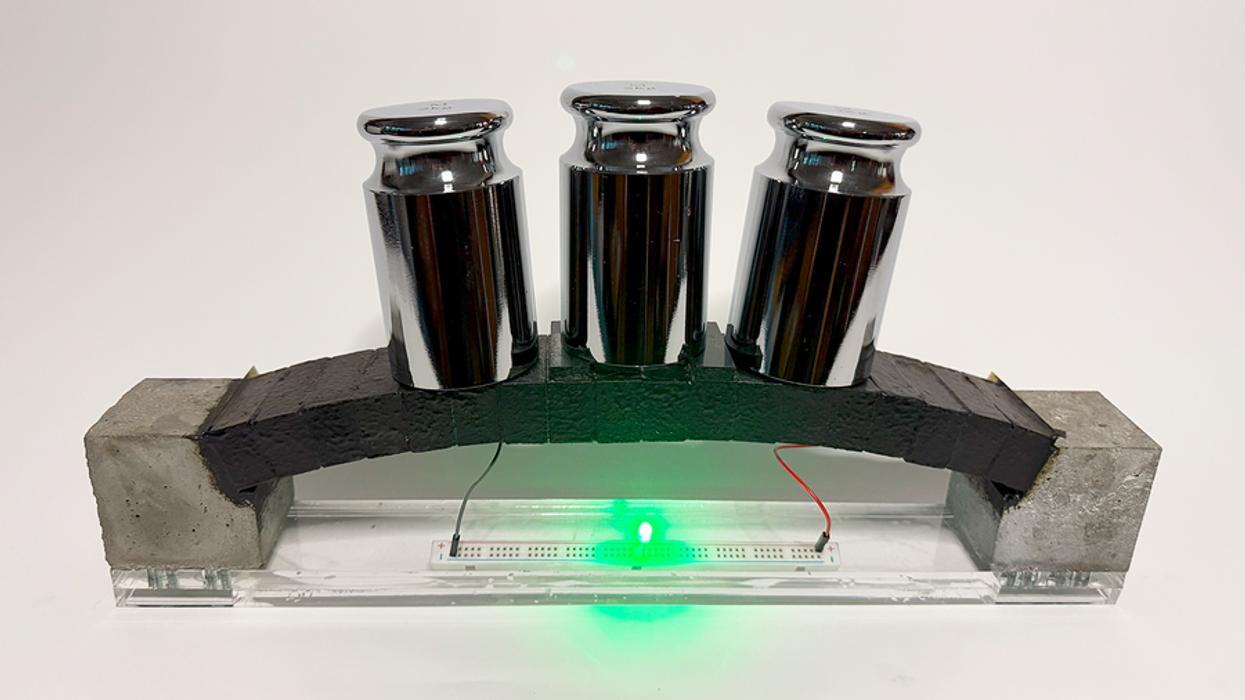The recent announcement of Qatar as the winning bidder for the 2022 World Cup Games has stirred a bit controversy. It's the first time that a Middle Eastern nation has been selected to host the World Cup and questions of transportation and proper accommodation for athletes and sporting fans alike are still unanswered. Let's not forget that average temperatures during the summer in Qatar hang around 115 degrees Fahrenheit.
But to help settle some of these questions, Qatar has some good news: All of the stadiums will utilize the region's solar energy through solar panels which will help keep temperatures cool. Energy will also be collected from the 12 stadiums when they're not in use, and will be stored for later use. It's all part of Qatar's plan for a carbon-neutral World Cup. Still, questions remain as to how exactly they're going to achieve all of this. Solar energy has never been used on this large a scale.
In the meantime, here's a look at how the proposed stadium designs will handle the heat and what they might be used for after the final match.
Photos courtesy of Qatar's Bid website.
















 Man standing on concrete wall.Photo credit
Man standing on concrete wall.Photo credit  The Pantheon in Rome and Hong Kong at sunrise.Photo credit
The Pantheon in Rome and Hong Kong at sunrise.Photo credit  Windmills and green grass.
Windmills and green grass.  Time lapse of blue skies over a solar field.
Time lapse of blue skies over a solar field. 
 A Shiba Inu smiles at the cameraCanva
A Shiba Inu smiles at the cameraCanva
 A Japanese sunfish swims in a an aquariumCanva
A Japanese sunfish swims in a an aquariumCanva

 A fast food employee hands over a bag of food to a drive-thru customerCanva
A fast food employee hands over a bag of food to a drive-thru customerCanva Gif of Ronald McDonald losing his hat via
Gif of Ronald McDonald losing his hat via  A fancy turkey dinnerCanva
A fancy turkey dinnerCanva

 Jeff Bridges at Comic Con.Photo by Gage Skidmore via
Jeff Bridges at Comic Con.Photo by Gage Skidmore via